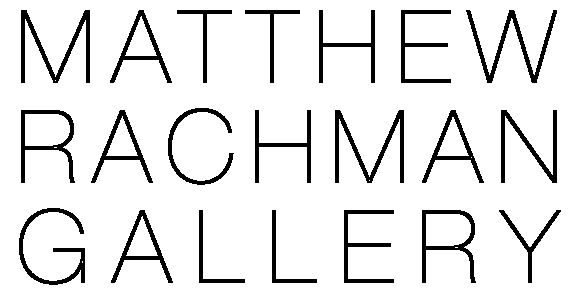ROOT BY CLARA KIM
Weaving between design and art, Clara Kim creates one of a kind pieces out of her studio in Chicago. Created with a tree's root system in mind, Root's steam-bent legs stretch outward, folding up to encircle the viewer. Both an elegant expression technical mastery and wood's hidden abilities, Clara Kim's Root is a unique statement incorporating graceful form to create unique function.
CREDENZA BY MILO BAUGHMAN FOR GLENN OF CALIFORNIA
Baughman's name is synonymous with California's imprint on American midcentury design. Traversing six decades of design, his timeless pieces take many forms but the one constant is a dedication to comfort and beauty. This credenza exemplifies the laidback, simplisitic style of Cali modernism. A refined handle, composed of leather and aluminum, keeps the ornamentation minimal; while a subtle rise in the sidewall allows for a functional, yet stately back ledge. This handsome dresser can round out a warm bedroom or one in need of an anchor.
UNTITLED BY SHINNOSUKE MIYAKE
Through instantaneous and impulsive brushstrokes, Shinnosuke Miyake uses painting as a form of sketching. Looking through the viewfinder of a camera, he carefully selects an inch by inch square of his initial painting. Using the selection as a source for reproduction, Miyake expands on the accidental. To Miyake, this process is a form of irony within abstraction. Though the works may seem fluid at first glance, the paintings are realistically reproduced moments within a larger picture. Works in Closer combines his freeform mark making and rigorous technical painting, by transferring key details onto new canvases. Using this self-imposed process, Miyake produces new works of expanded windows of opportunities.















